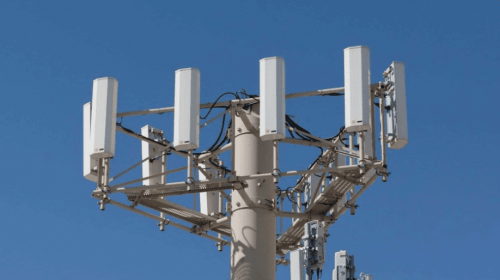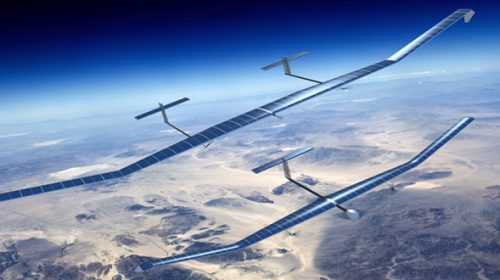Mongolia is a landlocked country located in East Asia, situated between China and Russia. It is the 18th largest country in the world and also the most sparsely populated. Much of the country itself is dominated by grassy steppe with mountains in the north and the Gobi Desert to the south. The Mongolian capital, Ulaanbaatar is home to approximately 45% of the population and approximately 30% of the total population is either nomadic or semi-nomadic. The Mongolian economy has historically been largely based upon herding and agriculture. However, the country is also rich in natural resources such as mineral deposits, copper, coal, tin, tungsten and gold and this is been responsible for driving industrial production in the country. The mining sector is enjoying a boom and has attracted foreign investment.
The Mongolian government initiated a telecom reform programme in the 1990s and today, of a population of just over 3 million, there is 64.1% penetration in terms of Internet use. However, Mongolia has some real challenges to overcome in terms of delivering a universal Internet service to the entire country. With a large portion of the population living nomadic lives and the population being very sparse and geographically dispersed, it has been difficult for companies to successfully address these pockets of the population that they want to rollout connectivity to. The majority of the population live in the capital and so this is where fixed lines have more success, but wireless technologies are required in rural areas.
Mobile broadband has seen strong growth across the country and there has been an increase in competition with more operators entering the fray. 3G networks are available, especially in the more populated areas and smartphone adoption is growing. The Mongolian government sees telecoms and broadband as key to the improvement of the country’s standard of life, for its growing tourist sector and for private enterprise. The main challenge for the government is the country’s vast rural areas and the sparse population that live there.
VSAT can provide a powerful communications tool for Mongolia, especially in terms of extending mobile networks to rural areas. BusinessCom Networks’ expertise lies in facilitating this type of remote connectivity. For Mobile Network Operators especially, delivery of connectivity to these sparsely populated regions makes no financial sense due to the high cost of constructing and maintaining cellular towers. However, by using VSAT to extend their networks and to backhaul traffic, they can swiftly implement a rural solution that will deliver voice and data services that can suit a nomadic population such as the one that Mongolia has.
Our Rural Mobile Networks solution offers 2G, 3G and 4G services to small towns and villages located far away from the capital, offering affordable voice, SMS and data services anywhere in Mongolia and offering a fast Return on Investment. The solution comes in at just 10% of a traditional installation and serves as a traditional GSM network.
BusinessCom can help provide the right solution for the rural population of Mongolia that meets both the operator and the user requirements. Our solutions are extremely cost effective yet reliable and mean that all Mongolians can enjoy the array of benefits that mobile connectivity brings from e-health, financial services, education to simple voice calls and SMS. We can make it happen.
Key features
Key differentiators of BusinessCom VSAT services in Mongolia are:
- Broadband Internet access
- Toll quality VoIP and Videoconferencing with CIR
- Reliable SLA through FDMA and D-TDMA
- Star, Mesh and hybrid Star/Mesh topology networks
- Full support of accelerated VPN, CITRIX, ERM and other business applications
- Highly secure operation with optional AES embedded encryption
- Global C-Band coverage and sub-Sahara Ku-Band
- Landing at top tier redundant IP facilities in Western Europe and United States
- Sentinel-based QoS, bandwidth management and optimization platform





